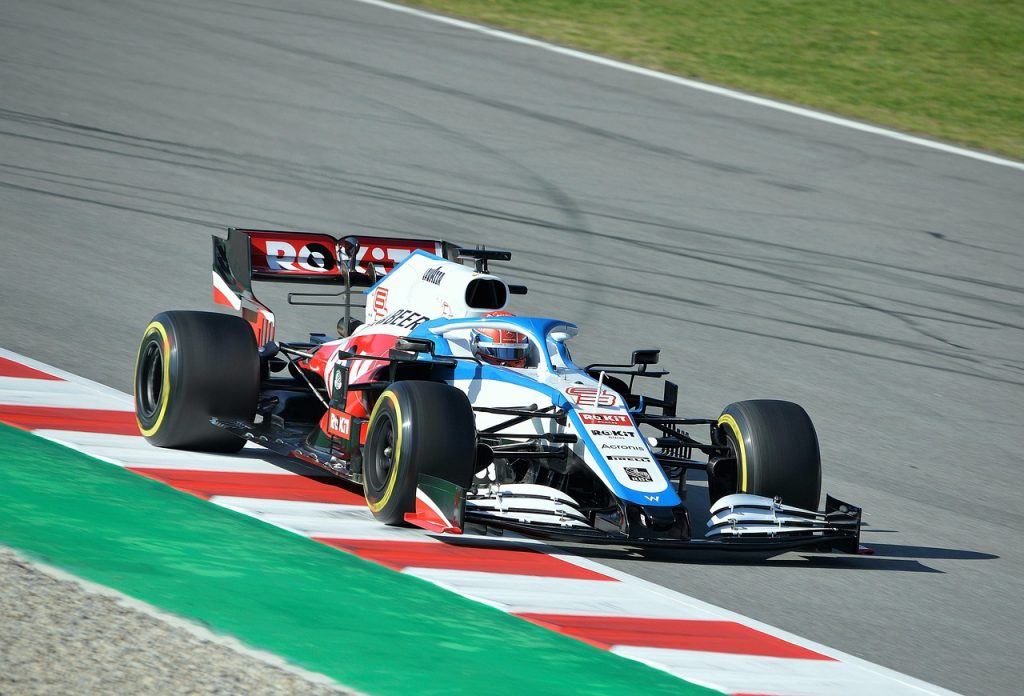In Formula 1, the term “scrutineering” refers to the mandatory technical inspections that all teams and drivers must undergo during a race weekend. These checks, conducted by the FIA (Fédération Internationale de l’Automobile), ensure every car is compliant with the sport’s strict technical regulations. A single mistake or oversight during scrutineering can result in harsh penalties or even disqualification, making this process one of the most critical behind-the-scenes aspects of a Grand Prix.
The Three Phases of Scrutineering
Scrutineering in Formula 1 is divided into three key stages: pre-event, in-race, and post-race.
Pre-event scrutineering begins before the cars even hit the track. Each team must submit a declaration form—issued by the FIA—at least two hours before the first practice session. On this form, the team confirms that its cars are built in accordance with the technical regulations. This step, introduced in 2019, replaced the old system where cars were physically queued up in the pitlane for inspection, making the process more efficient.
However, the updated system hasn’t been foolproof. During the 2022 Singapore Grand Prix, Mercedes was fined €25,000 for submitting an inaccurate form. The team reported that Lewis Hamilton wouldn’t wear any jewelry, but he still had a nose stud in, which they claimed to be unaware of. Despite the error being unintentional, the FIA ruled the declaration invalid and issued a fine after qualifying.
What Happens During the Race
Since teams now handle the initial checks themselves, in-race scrutineering becomes even more essential. This is when the FIA gets its first hands-on opportunity to monitor the cars in real time. Race officials are stationed in each garage during track sessions to observe the mechanics’ work, examine tire usage, and ensure no rules are broken.
In 2015, for instance, one team was reprimanded for refueling too quickly—demonstrating just how closely operations are monitored.
In 2022, in-race checks became even more advanced with the introduction of laser scanning systems. These scanners conduct random tests on various car components and compare them with digital CAD data provided by the teams. This method became necessary after the shift to ground-effect cars, which made previous inspection tools like metal templates outdated.
Still, not everything is digital. The FIA continues to conduct physical tests in its garage using measurement rigs. These tests check for illegal flexing in wings and car floors, and also verify that the Drag Reduction System (DRS) operates within legal specifications.
Cars can also be randomly summoned to the weighbridge during practice or qualifying. These weigh-ins evaluate a car’s overall weight, the strength and flexibility of its wings and floor, as well as the input torque on the gear-shift paddles.
Missing a weighbridge summons can carry serious consequences. Pierre Gasly found this out the hard way at the 2019 Azerbaijan Grand Prix, when he missed the weigh-in and had to start from the pit lane. Sergio Perez received the same punishment in Austin that year. As a result of team complaints, the rules were later amended so that stewards now determine the penalty on a case-by-case basis.
Post-Race Scrutineering and Driver Weigh-Ins
After the race, the final stage of scrutineering takes place in what’s known as parc fermé, where cars are placed under strict supervision. Both car and driver are weighed to ensure they meet the sport’s minimum weight requirement. Drivers are even barred from drinking water until this step is complete, as any liquid intake could affect their weight and skew the results.
This post-race check is the most familiar to fans, often shown just before the podium ceremony. While the procedures have remained largely unchanged for years, some controversy surrounds this step—primarily because only a small portion of the field is typically inspected. Due to time constraints, only about 20% of cars are selected for post-race scrutineering. For example, after the 2024 Bahrain Grand Prix, only four drivers—Carlos Sainz, Pierre Gasly, Valtteri Bottas, and Alex Albon—were fully checked.
Why Driver Weigh-Ins Matter
Weighing drivers may seem minor, but it plays a key role in fairness. Formula 1 sets a combined minimum weight for the car and driver, so variations in driver body weight could otherwise affect performance. Weighing ensures that no team gains an unfair advantage by fielding a lighter driver or compensating for it with car modifications.
Ultimately, scrutineering is about maintaining a level playing field. With millions of dollars at stake and technological innovations evolving constantly, the FIA’s rigorous inspection system is vital for keeping the championship fair, legal, and competitive from start to finish.





More Stories
Three Key Lineup Battles for Bayern Ahead of Champions League Clash
Franco Morbidelli Shines at Sepang Test, Secures Fourth Place Overall
‘The history isn’t lost on us’: Tampa Bay Rays beat Boston Red Sox to become the first team since 1987 to start a season 11-0